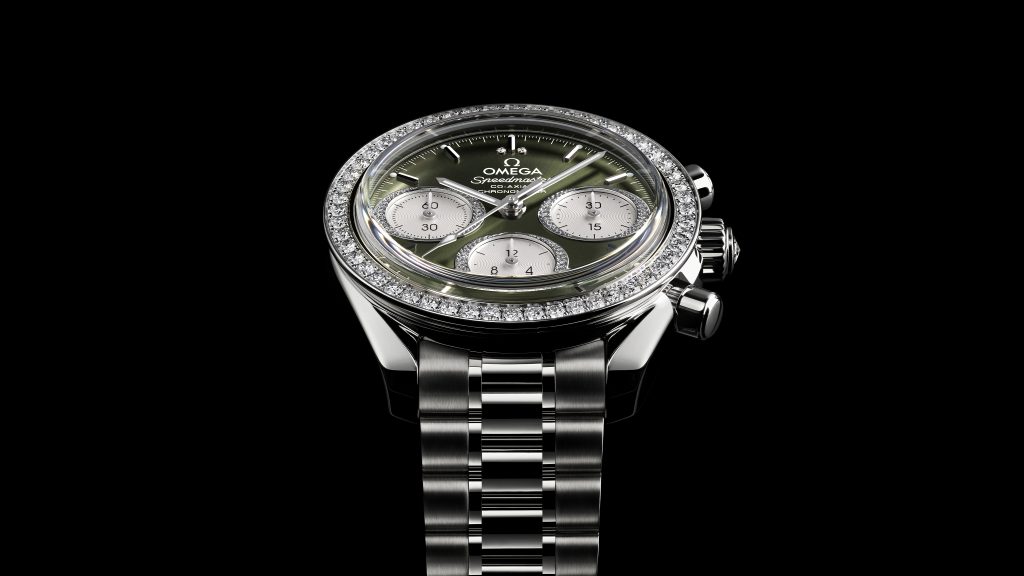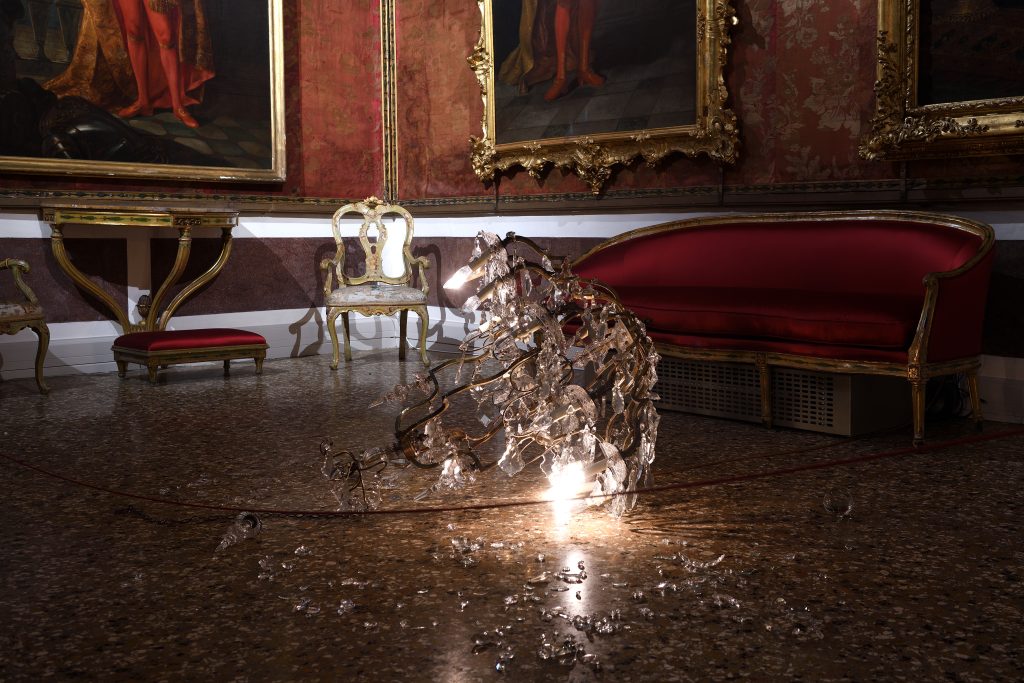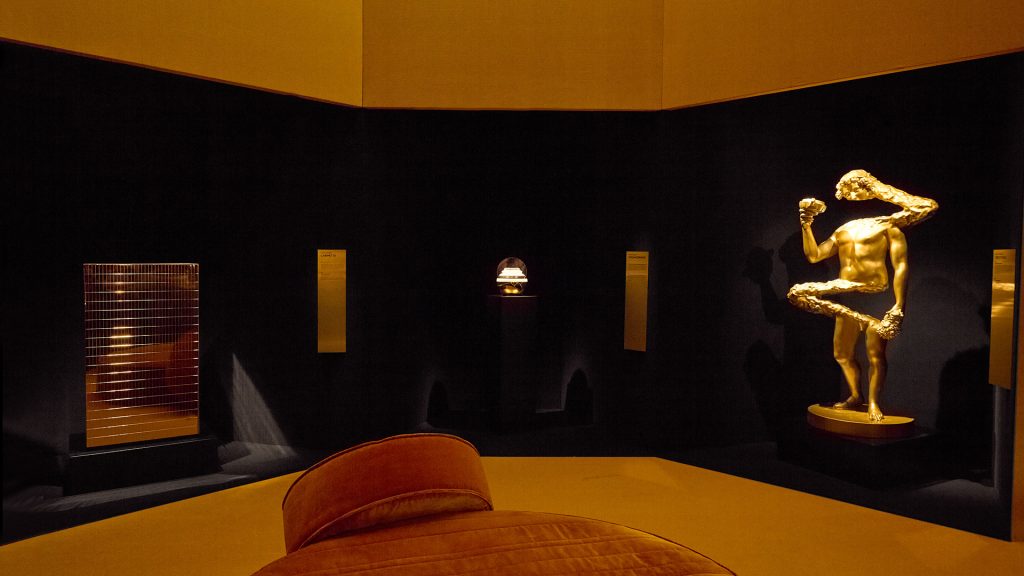Frieze London 2019: Whimsical Sculptures
Colorful, strange, charming and intriguing pieces from the fair

This year’s Frieze London was met with plenty of rain, but that did nothing to dissuade the crowds. The fair has long been held at Regent’s Park with an incredibly compelling exhibition of sculptures outside in the park, but the artworks inside the tents deserve recognition too. There were so many whimsical sculptures evoking wonder and fancy, and transporting viewers to other imagined worlds. We’ve selected a few of our favorites below.

Nam June Paik
Anthropomorphic sculptures comprised of vintage television sets created by Nam June Paik were shown at Seoul’s Gallery Hyundai booth. Paik is widely considered to be the first video artist and originator of the video art genre. His early work brought the television to the field of fine art by treating the device as a tactile and multi-sensory medium and object. Those on show at Frieze were from the early ’90s, but he was creating works with televisions some 30 years previously.

Lynda Benglis
Tucked away in the Thomas Dane booth are wall sculptures resembling giant wrapped candy, created of cast paper, pigment, acrylic, glitter and polypropylene. Lynda Benglis’s work references cheap, take-away gifts for costumers, but also the human body—especially female attributes. Benglis explains her inspiration for these works (“Lagniappe” and “Lagniappe II”) from the late ’70s, “I felt that in the minimalist tradition there was no sense of theater. There was a puritanical quality of the work ethic… There was still the idea of the ‘heroic gesture’ in some way. Having been involved in logic, I wanted to make something that related to the body, that was humanistic, and not machine-like… I was interested in a non-logical, contained activity.”

Nick Cave
Shown by Jack Shainman, Nick Cave‘s Rescue series is comprised of sculptures that incorporate found ceramic dogs sitting on furniture within elaborate grottos and dreamlike dens. Cave focuses on a single canine that has quite literally been rescued from destruction, very much like an adopted pet. These dogs become the benevolent guardians of their glorious self-contained worlds, focusing on the forgotten and discarded.

The Haas Brothers
At Marianne Boesky’s booth, the Haas Brothers showed very colorful ceramic sculptures of biomorphic forms that express their increasing interest in exploring nature and spirituality as part of their commitment to material experimentation and traditional craft, while also encapsulating their vision of collaborative art-making. The sculptures—Fairy Berries—are created through a laborious process where a brush coated in colored porcelain slip is repeatedly moved across a hand-thrown clay vessel. The result is objects that have a sumptuous, opulent quality.

Austin Lee
Shown by Peres Projects, Austin Lee’s “Relaxguy” is a cheerful, fluorescent-pink Gumby-type sculpture crafted from foam, fiberglass, painted resin, steel armature and acrylic. With limbs askew and a bouquet of flowers sticking out from his nose, the figure (complete with dark sunglasses and a smile) gazes up at the ceiling. Lee merges abstraction and figure in a whimsical fashion that forces even the most cynical to smile out loud.

Sterling Ruby
Sterling Ruby‘s “Basin Theology/HELIOS BOAT” is a monumental sculpture made from ceramic—a medium he has only started receiving critical acclaim for quite recently. Ruby submerged clay fragments and misfires from earlier works into pools of richly colored high-gloss glaze in order to celebrate chance and reuse. Shown front and center at Gagosian’s booth, the artist also currently has a solo show at their Mayfair gallery.

Hannah Levy
Hannah Levy uses the term “design purgatory” to describe overlooked objects—medical equipment, safety bars, gymnastic devices, even pool handrails, for example. By removing these objects from their intended environments and functions, they become more alien but also capable of taking on new meaning. For “Untitled” (shown by Casey Kaplan Gallery), the addition of the vinyl to the manipulated form resembles a prosthetic skin, further complicating the line between alien, human and contraption.
Images by Afrodet Zuri












